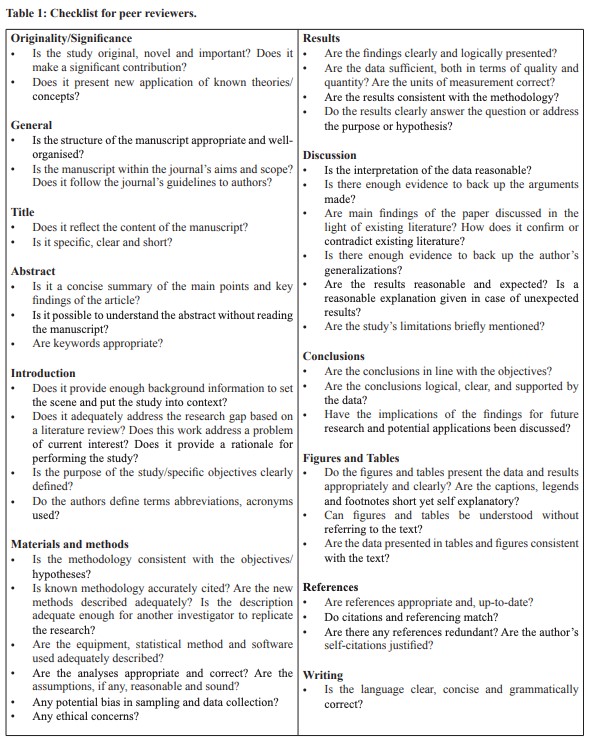Understanding and using the
Peer Review Protocol as a reviewer
The peer review process lies at the heart of academic publishing. However, you may have wondered, especially if you are interested in being a peer reviewer:
How exactly does one go about reviewing a manuscript?
Although the process remains similar from one journal to the next, certainly each journal must have some focus, flavour and emphasis unique to it, leading you to perhaps also wonder:
How does the journal’s editorial team ensure that its reviewers evaluate the content consistently and expertly?
The answer lies in the peer review protocol.
Peer review protocol explained
Journals take pains to train their peer reviewers. A crucial tool nearly all journals use is the review or reviewer protocol, a formal document (customised to each journal) to guide the reviewer through the different steps of a manuscript review. The document is often presented as a flow chart, a checklist or a sequence of steps to follow. More often than not, the protocols are lengthy and detailed. Working through them methodically, step by step, can easily take hours even for experienced reviewers. The figure below (sourced from here) is a sample protocol.

Purpose of a peer review protocol
The review protocol serves as a uniform set of standards, values and conduct for an academic journal.
- The protocol ensures that all those who review for a given journal know what must be covered in a review, thereby providing consistency and reproducibility within the review process.
- The protocol gives clear guidance on what constitutes an acceptable article and makes plain what is within the scope of the journal.
- Review protocols help remove bias from the review process and ensure research integrity of the journal. (If interested, learn more about bias during peer review here.)
Common aspects of a peer review protocol
While each journal’s protocol is unique, review protocols from diverse specialties may have many elements in common.
- All journals ask reviewers to state whether they have a conflict of interest with the authors, devices or products mentioned in a submission.
- Many journals (especially those publishing research on animals or people) require reviewers to comment on the paper’s adherence to ethical treatment of test subjects.
Specialised peer review protocols
For most submissions, journal editors seek an overall review. On occasion, however, journal editors may request reviewers to focus on specific parts of a paper (methods, statistics, ethics, etc.). For such reviews, the journals may include a specialised protocol.
Adhering to the peer review protocol
As a peer reviewer, do you need to adhere to the review protocol? In a word, yes.
Editorial offices are typically understaffed and, given the now near-universal online submission of manuscripts, they are overwhelmed with new papers. When journal editors receive reviews that answer all the questions on the review protocol, they can work more efficiently and effectively. While journal offices and editors don’t seek uniformity among their reviewers, they do appreciate reviews that closely adhere to the protocol.
Summary
Peer review protocols are valuable guides for reviewers, enabling them to evaluate manuscripts fully and systematically, and thus help ensure that each submission receives a thorough review.
Maximise your publication success with Charlesworth Author Services.
Charlesworth Author Services, a trusted brand supporting the world’s leading academic publishers, institutions and authors since 1928.
To know more about our services, visit: Our Services